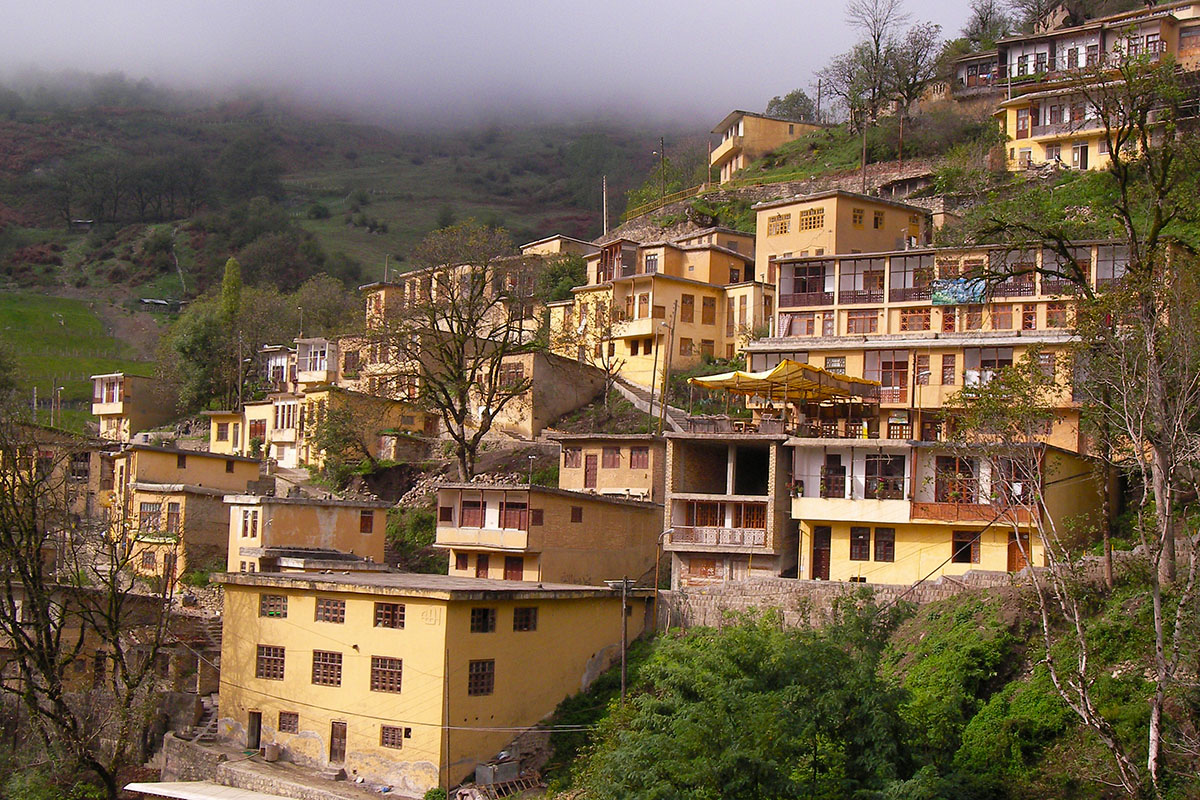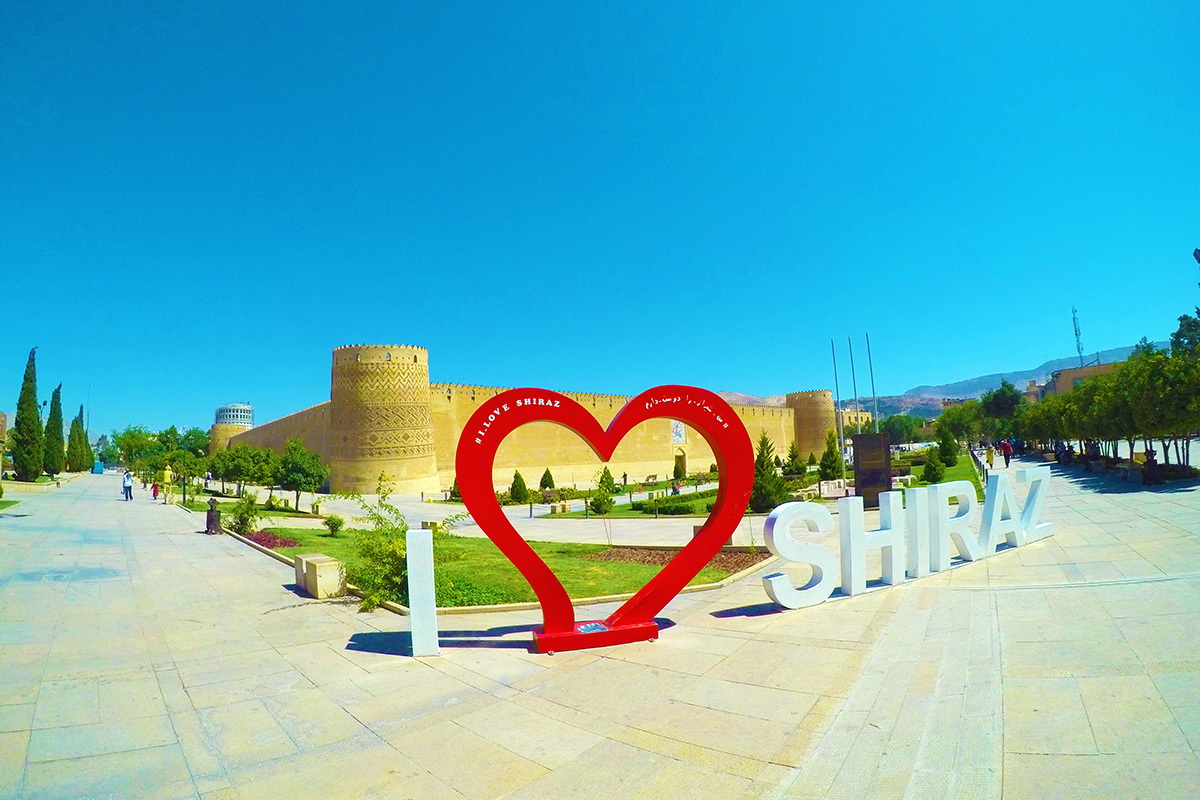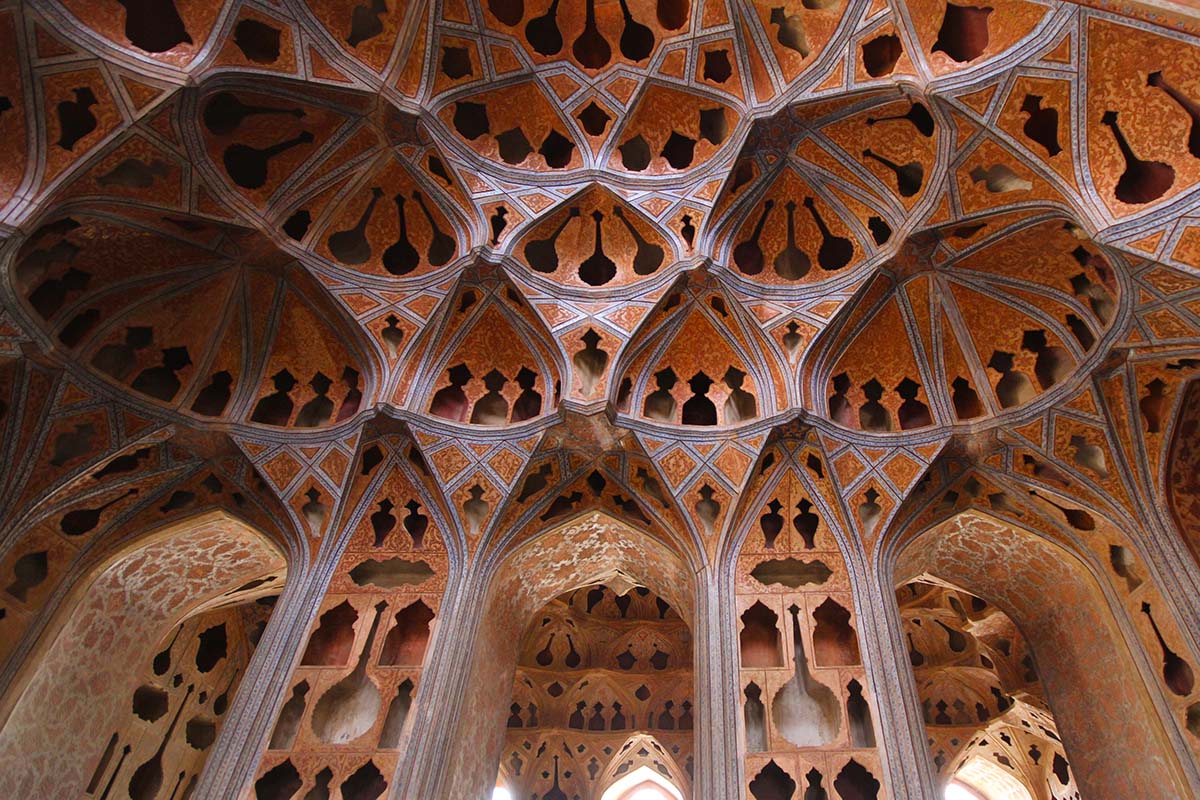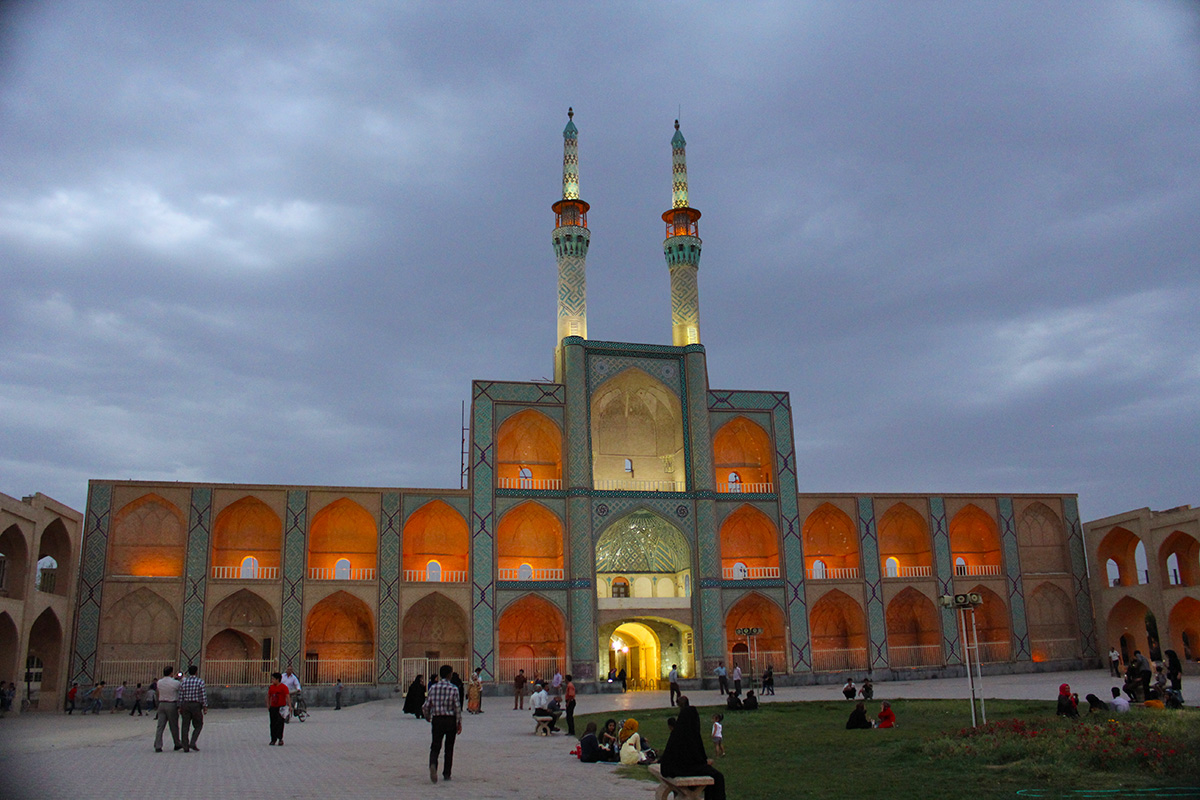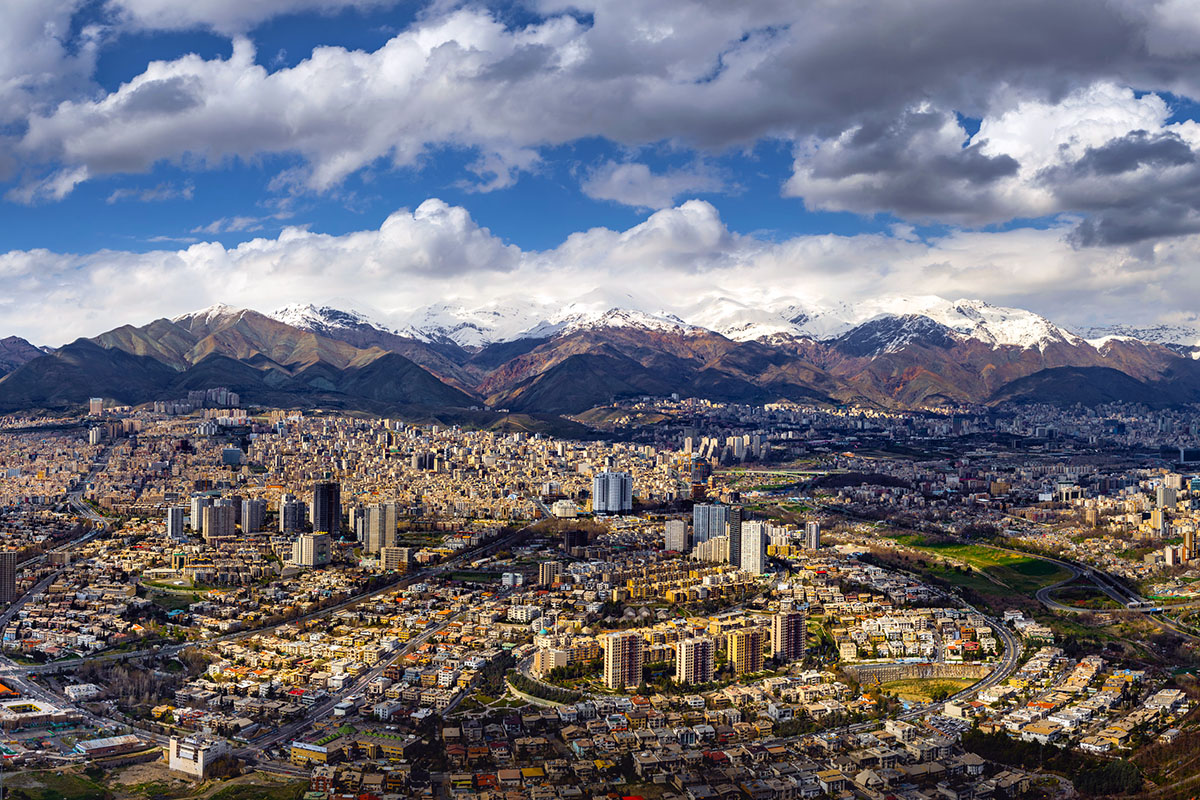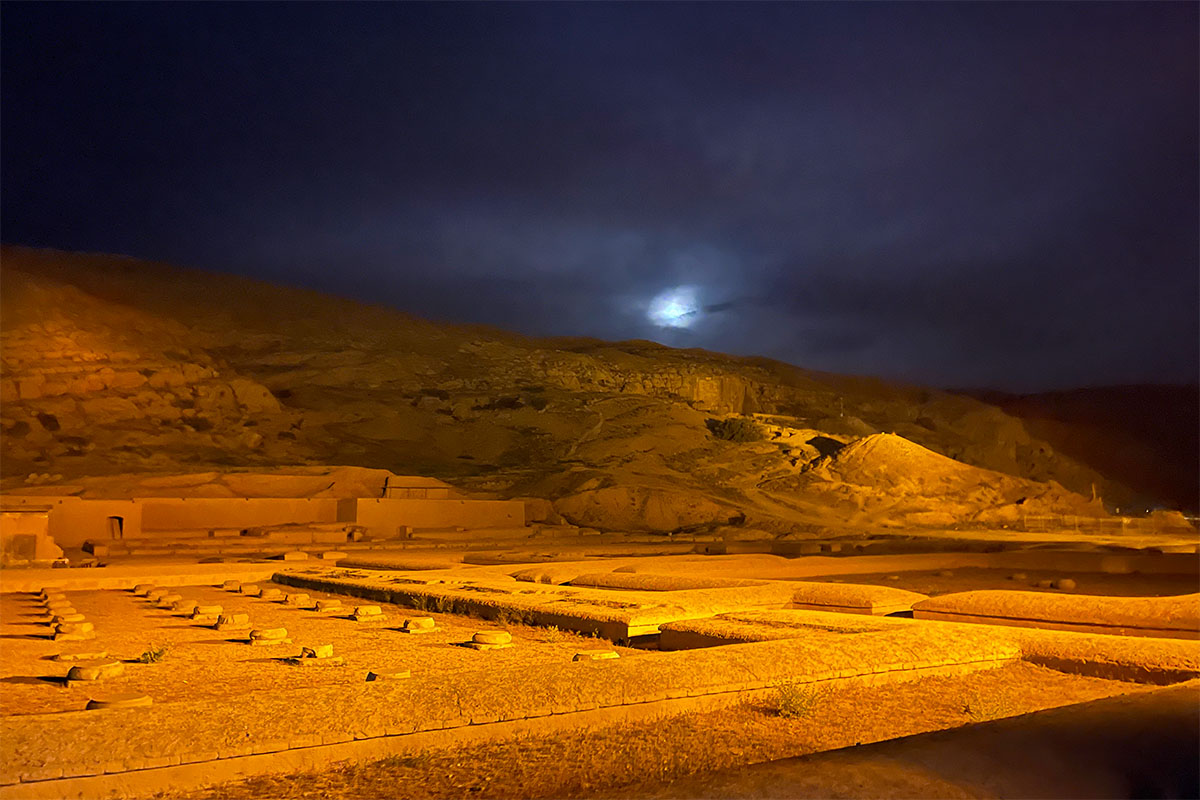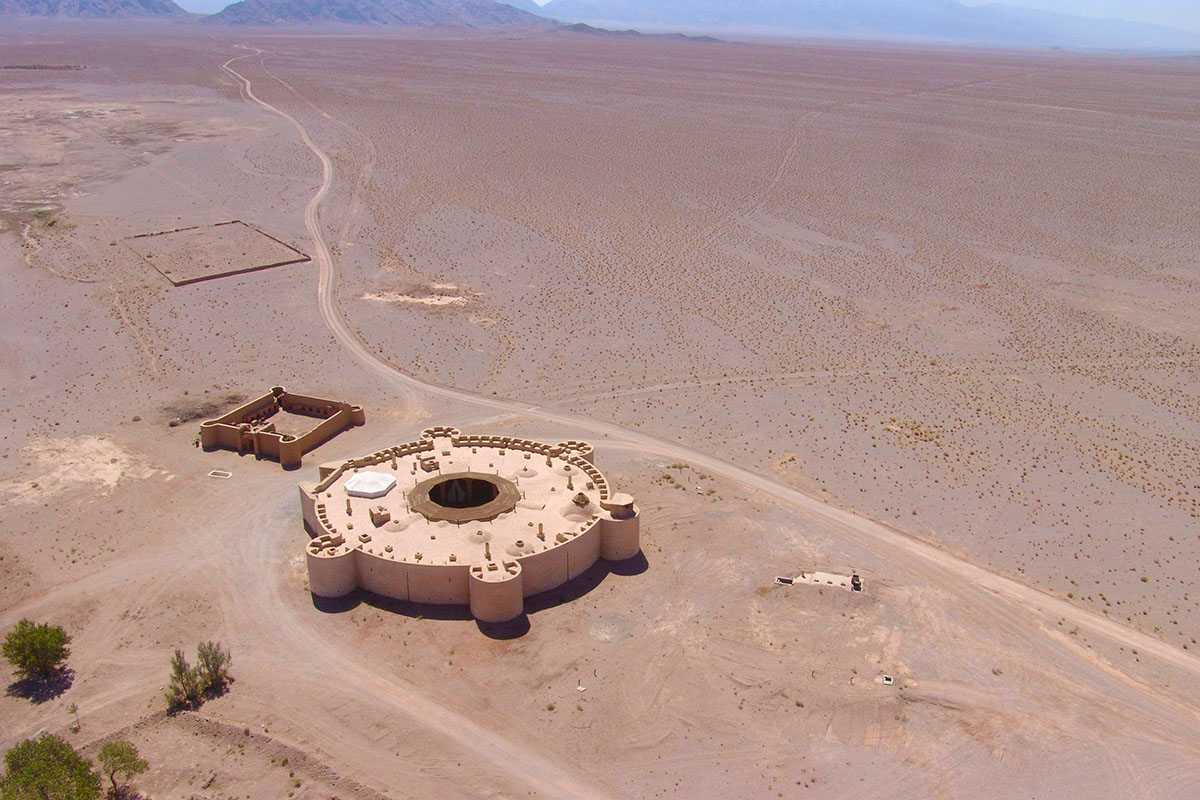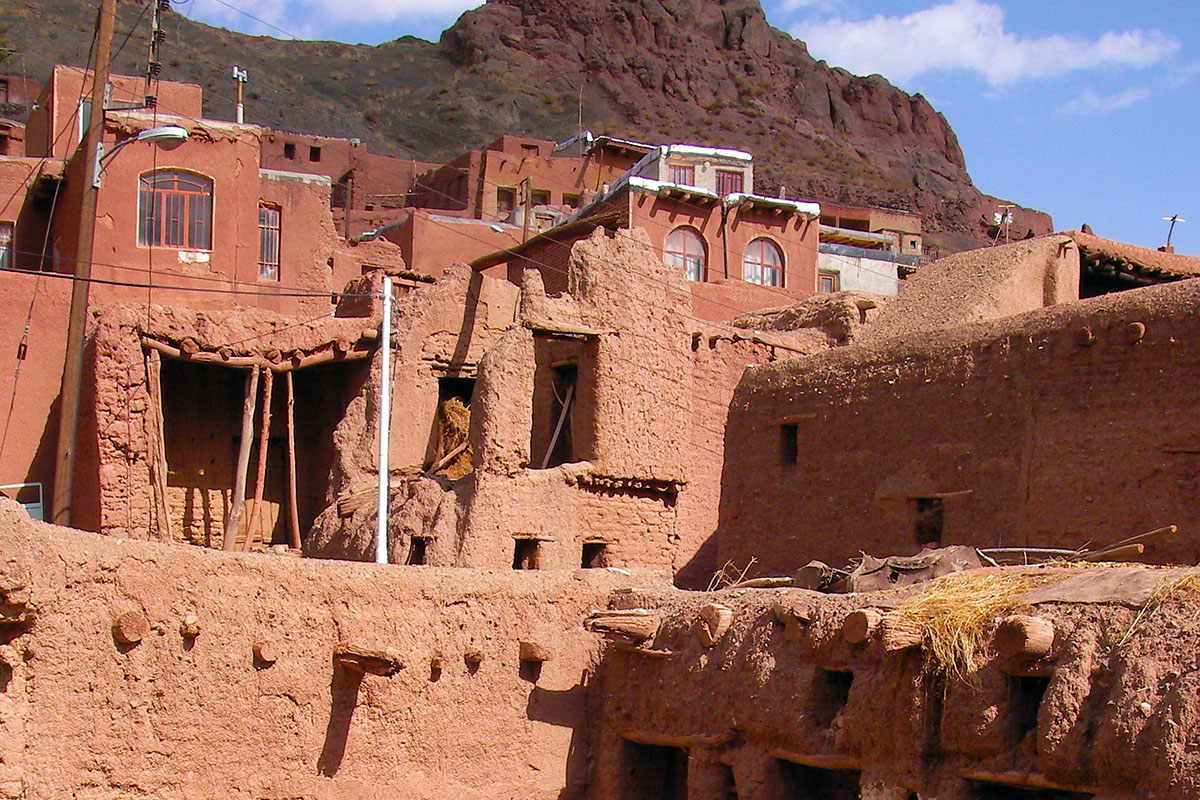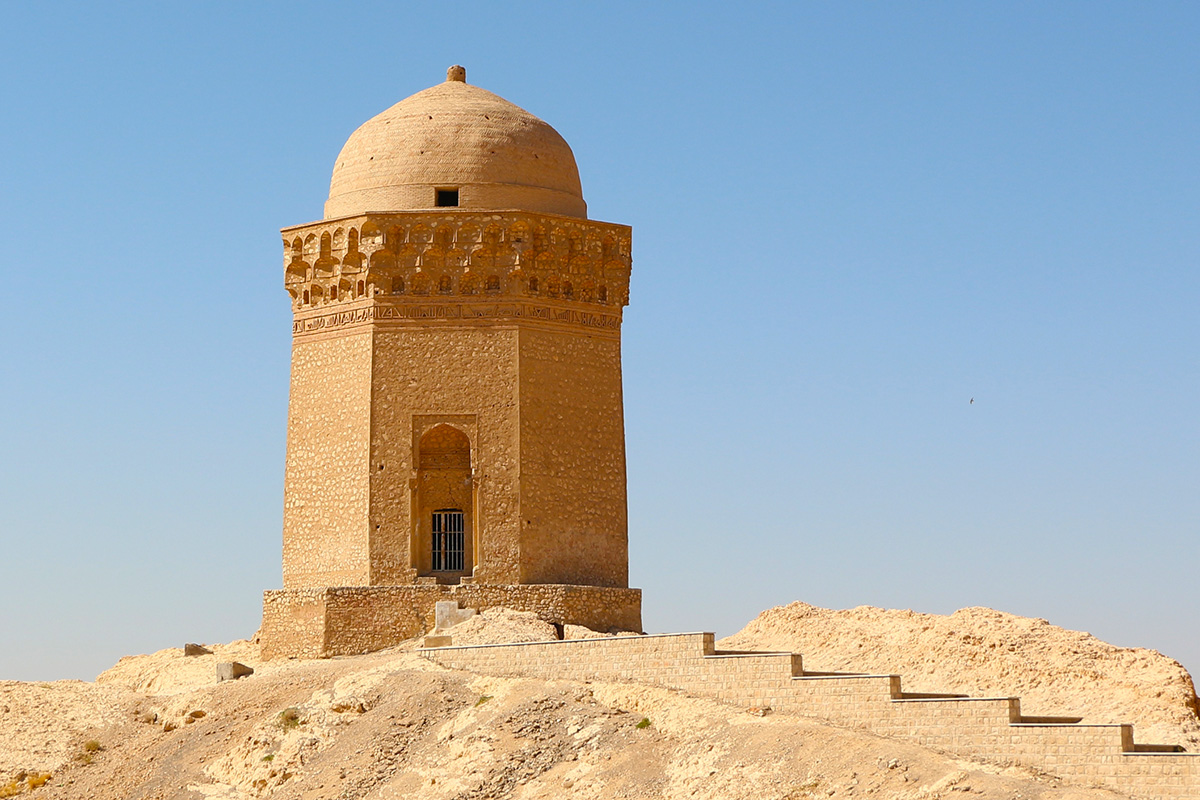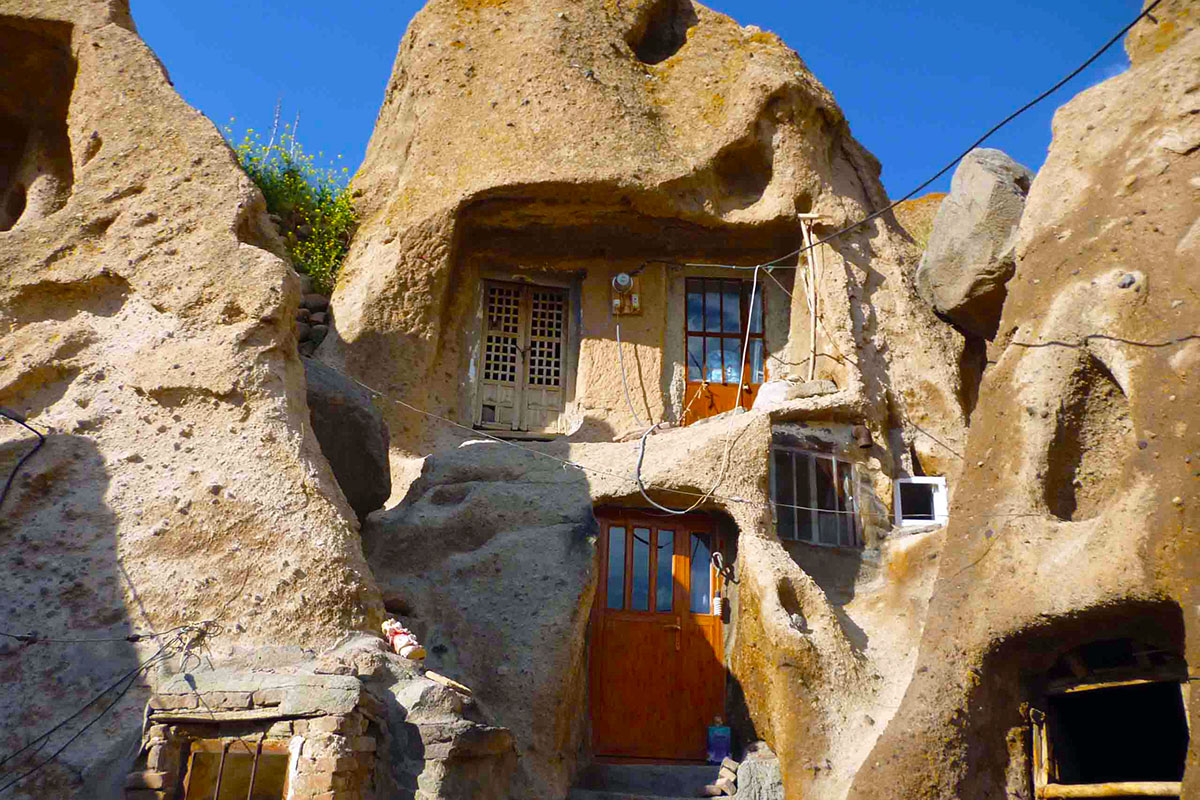The tourist village of Masouleh is one of the historical sites with pleasant weather, cool summers and snowy winters. It is located in the southwest of the province of Gilan, 60 km from the city of Rasht and 20 km from the city of Maklavan. This village covers an area of one hundred hectares, and is under the protection of Organization of Cultural Heritage and Natural Resources, it has nice weather and welcomes tens of thousands of tourists every year. This village is known in the world because of its unique architecture. Masouleh with highlands, forests and lush countryside is a tourist point in the north of Iran with abundant natural effects, especially in the late spring and summer. Shah Moalem Peak with a height of 3050 meters is the highest point in Gilan Province and an attractive target for the mountain climbing groups. There are two hotels within the traditional architecture of the Masouleh and several hotels are built on the road leading to the beautiful village to accommodate Iranian and foreign tourists. There are also a large number of hostels and rental houses in this area. The central part of Masouleh is confined to the mountain from north, south and west and it overlooks a beautiful valley from the east. Masouleh has unique architecture. The area in front of houses and the roofs are used both as pavements. The architecture texture of Masouleh was formed during Zandieh period. Too many stairs and narrow alleys don’t allow any motorized vehicle to pass. The village architecture is described in one sentence: the yard of the higher building is the roof for the lower building. The name of this village, is used in its current form at least from the ninth to the eighth century. Some believe it comes from the name of a mountain near the village called “Mahsalar and due to intensity of usage became Masouleh. In another version, the name is composed of “Moss” and “ole “. The first part means mountain in Iranian culture and the second term also meant high, so the name of this village means “high mountain “. The height difference from the highest point to the lowest level of the village is about 100 meters and that created a unique façade in the village architecture, thus, public pavements and passages are often the roofs of houses. In other words, when you pass an alley, in fact you are passing on the roofs of a few houses and the connection of these passages is made by stone steps which integrated the overview of village and made it more beautiful.
Houses are more two-storey and rarely are in one or three floors. The house sections are corridor, dungeon, storage, high steps linking the ground floor to the second floor, hall which is a fairly large room for the reception of guests, the smaller room which is the permanent place for residents and Sumeh which is for winter usage. Smaller houses are simpler and have less space. In this village, houses are made of clay and stone, wooden beams and wild ferns. Wild fern grows in Masouleh and its surroundings and is water insulation. Most people of Masouleh coats the roofs of their houses with yellow and blue flowers that comes both from the vicinity of the village. The village market which is the trading center, is an open bazaar with multi-storey and has the landscape to forest. There are shops of blacksmith, knife making, bakery, grocery and etc. The continued economic prosperity of the city is the most important factor of its social development. The base of economy of Masuleh is shaped over the connection between the 3 neighboring regions of Gilan, Zanjan and Khalkhal through the exchange of goods. Gilak people from east, the Turks living in the highlands of West and Turks living in the Plateau from south always come to this market and are engaged in the sale of local products to each other. The perpetual existence of these travelers and stranger traders in the village, has formed a particular culture among the people of this area. The construction of new ways for cars which are between the neighboring towns, gradually caused the mountain ways to be deserted and made serious damages to the economy of this market. One of the historical points is old Masouleh, which is 6 km from the northwest of the village at an altitude of 1800 meters above sea level.
The old Masouleh is located on a hill in an area of approximately 0.8 acre and traces of foundations of stone monuments can be seen on that. Based on the excavations conducted in the recent years, it is indicated that these walls belong to the houses and rooms with iron furnaces. In the rooms, there are traces of pottery and metal tools belonging to the fifth and sixth centuries AH. It seems that due to the unclear reasons, people left this place and gradually settled in the current location of village. Although the village is located in Gilan province in a green land but it is very cold in winter and the snow sometimes obstructs the streets and passages, the first architects of Masouleh used a special technique for this purpose. Most houses are nested in two parts and two floors. Waterfalls are scattered in various parts of the village, and although changes have been made due to the floods in recent years but are still of interest to nature lovers. From these waterfalls, Kushom can be mentioned which is at the end of the forest valley in the highlands of this region and its height reaches to about 30 meters. The path to this waterfall is with a gentle slope, along the river and opposite the water flow. After about an hour of hiking and passing several small waterfalls, it is seen at the end of the glen. The other waterfalls in the region include Roudkhan waterfall with a height of over 20 meters, Khorambou and Larcheshmeh waterfalls with very beautiful manifestations. The original Masouleh people speak with Talesh Dialect identical to the dialect of west Gilan and south of Azerbaijan country. It is rooted in Pahlavi Language and is different from the Gilaki dialect (the dialect of center and east of Gilan).
History
About eight hundred to a thousand years ago, people from different parts of the vast territory of Iran moved to this area for the unknown reasons. This people came both from the east (Khorasan) and the west of the country (Kurdistan and Azerbaijan). Some of the local people of this area came from old Masouleh which is located at 6 km from the northwest of the city. There are countless cemeteries and monuments within the historical context. Based on the archaeological excavations carried out in old Masouleh, old potteries are obtained belonging to the fifth to eighth centuries AH which are the most accurate historical and remarkable documentation.
Climate
The climate is mild and humid in summer and dry and humid in winter. The annual average temperature is about 12 ° C with relative humidity, annual rainfall and snowfall are 87% and respectively 700 mm and 800 mm annually, more than 35 days are frosted and more than 100 days are with thick fog. In general, air climate and natural environment are pleasant in four seasons.
Handcrafts and Souvenirs
Rugs, shawls, socks, wood and metal crafts, costumes and sweets, small dolls woven with cotton, woolen gloves and slippers, washcloth, stockings, woolen hat are the souvenirs of this village.
Museum of Anthropology
Museum of Anthropology is located at the entrance of the village, founded by Farhad Sharafi. Inside the museum, a collection of objects related to the popular culture of village is displayed in three parts. The first part is related to the documents and materials of village and the surrounding area referring to the recent 100 years. In the second part, the objects of the last two centuries are exhibited and the third part shows the equipment of the present century. These objects are the means of life of people and the villages around it. These objects are made of wood, stone, glass, leather, paper and so on.
Best time to visit
This village has its own beauty at any time of year. If heavy snow and ice don’t harden the travel, even in winter, this village is beautiful. But the best time to visit, is from May to October. Keep in mind that during the holidays you may not easily find anywhere to stay.
How to Reach
To get to the village, you need to get to Fouman first. If you do not have a car you can go from Rasht to Masouleh by a minibus ride. If you are traveling from Tehran to the village by car, you do not need to go first to Rasht. But before reaching the city of Rasht, you can switch to the Fouman, which is 32 km away from the village of Masouleh. The road is asphalted and has all the warning signs. Half of the route is mountainous and in some places there is a possibility of landslides. Note the warning signs.

